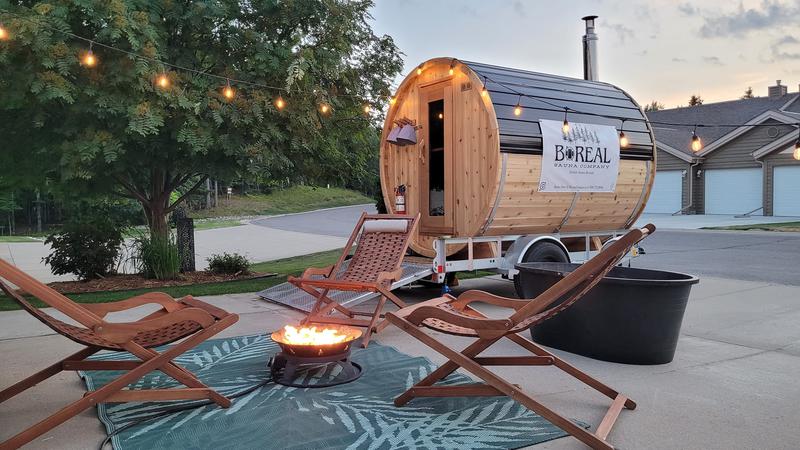
Dear Carrie
“The views and opinions expressed in this article are those of the author and do not necessarily reflect the position of Pattison Media and this site.”
Dear Carrie,
Maybe you can help me out.
I’m a young man of sixty, and my doctor just started me on some meds for my blood pressure. I’ve had some higher readings – around 150 sometimes. I know it should be around the 120/80 mark.


